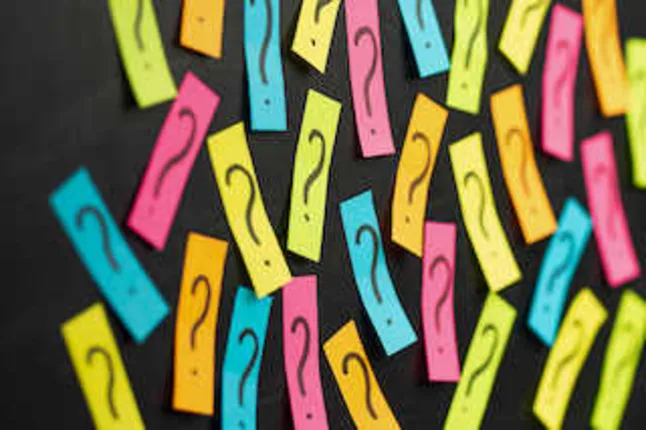Diamond Questions? Complete Buying Guide
Diamonds - the dazzling, glitzy, shiny gems that are seen above all other gems. The larger the diamond, the more awe and mystery it holds. Most people see diamonds as an emotional piece too, something you give the one you love to show your undying adoration. But there come questions with these gems, especially when searching for your dream diamond. So here are some of the most common questions about diamonds, to cure that curious itch and get some insight into these brilliant gems.
Are Diamonds Really Forever?
Ah, the great De Beers ad that coined the phrase after the Great Depression that brought diamonds to the affluence they are today said, “A Diamond is Forever”. While that’s a great slogan, is there any credibility to it? Well, yes and no.
Diamonds start as chunks of carbon, that after 3-4 billion years of pressure and heat, eventually (slowly but surely) turn into the beautiful and expensive stones we know and love today.
So we know they’ve been around for, like, forever, but will they stay? Well, there's a little chemistry lesson involved here. Give diamonds another 3-4 billion years and eventually, these little guys will then turn into graphite. Eventually, after all these years of hard work being a diamond, the atoms internally will relax (they deserve it, don’t they?) and rearrange to a lower energy state… which is graphite! And there they will stay, chilling as graphite for the rest of their carbon-turned-diamond-turned-graphite life. So maybe they aren’t foreva-eva, (Kanye fans anyone?) but they will outlast us for sure.
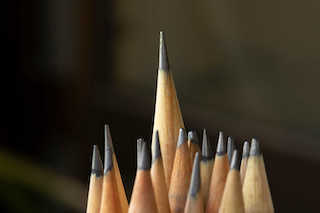
Why do Some Diamonds Sparkle while Others Don’t?
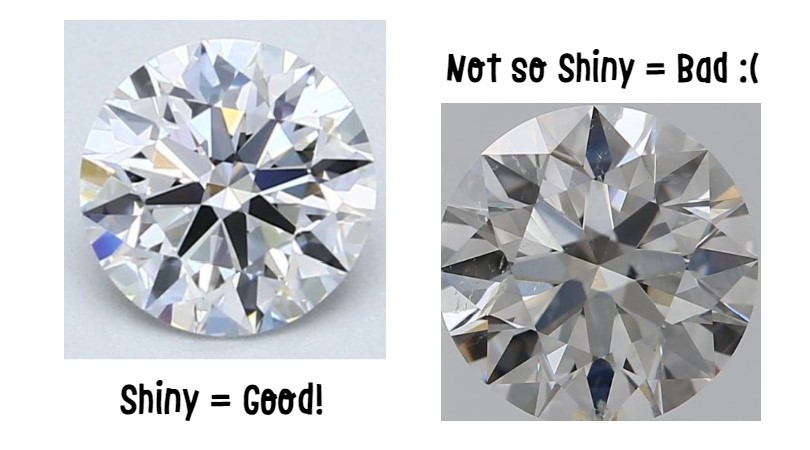
Perfect dreamy diamonds sparkle and shine. But if you’ve ever gone shopping you may have seen that some twinkle more than others. Why is this? Shouldn’t all diamonds be just as sparkly as their friends?
This can be because of a few factors - mainly clarity and cut. Chemically, all diamonds are made of the same main components - carbon, heat and pressure. During formation, however, there may be other little bits and other factors that could change the clarity. These are called inclusions. Specs of carbon that didn’t turn into diamond will show up as dark spots and affect the refraction (reflections). These are usually the most common inclusion you’ll find that throws off that brilliant shine. If there are inclusions in the way of a facet’s refraction, you’ll lose out on any of that reflection showing back up through to the viewer's eyes.
The other factor is the cut. Round brilliant, cushion, princess, and Asscher cut diamonds are going to give you the most sparkle. Emerald cuts are going to be one that the way the facets are set, there's less fire (flashes of color) due to the step cuts (long, clean lines as opposed to many little triangle shaped facets). But as long as the clarity is good, you can still find an awesome emerald cut diamond.
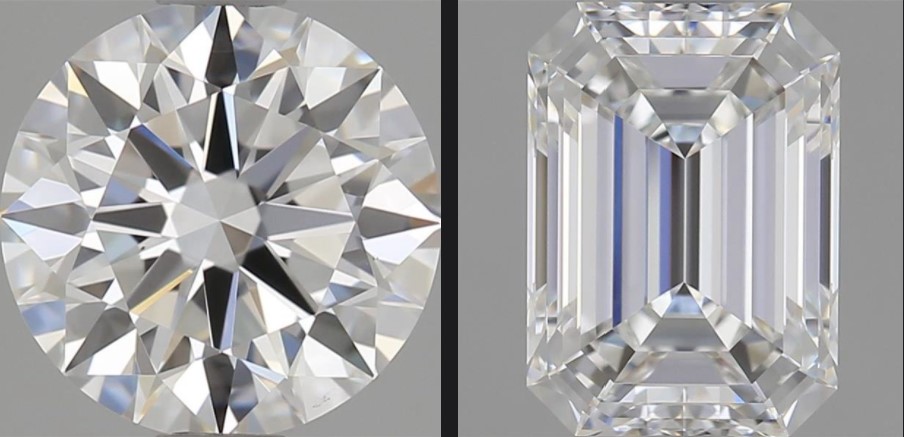
What are the Different Colors of Diamonds?
A pure diamond is absolutely clear and colorless. But you can still find some that rebel against their glassy-looking sisters turning into a rainbow of colors. That’s due to other chemicals that caused the color change. The presence of the chemical element nitrogen produces bright yellow hues. Sulphur for green and boron for blue.
The most rare colored diamond is red, looking a little like a garnet, but more of a red/purple color.
Coming up after red are blue and pink diamonds. There have been some very rare and extremely valuable pink and blue diamonds auctioned to the highest bidder trying to get a piece of the rarities.
Next we have green, purple and orange and yellow. While they may not be as highly regarded as the pink or blue, they are still a spectacularly rare and awesome find.
What is the Biggest Diamond ever Found?
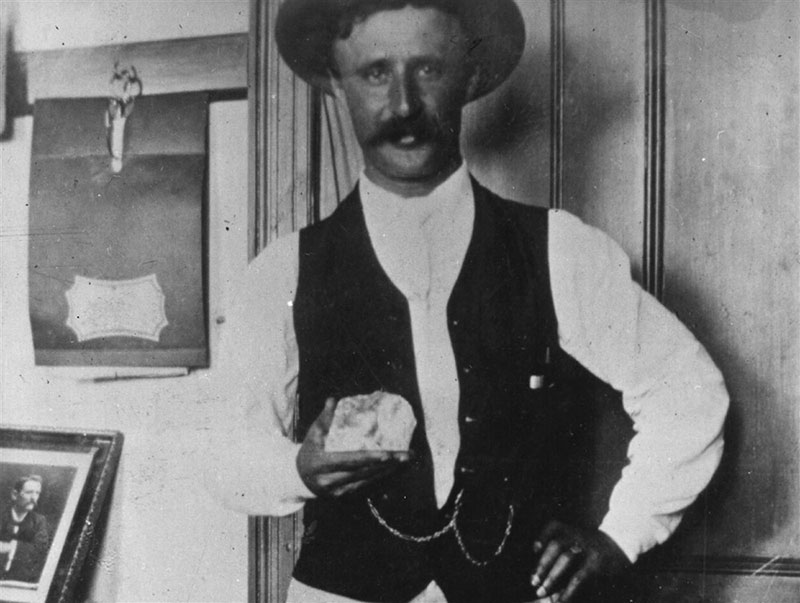
The largest diamond found (so far) is named the Cullinan Diamond, or Great Star of Africa. Named after the mine's owner, the Cullinan weighed a whopping 3,106 carats, or 1 pound and 5.9 ounces for those not fluent with the diamond weight exchange math. First found in South Africa in 1905, it was then sent to Joseph Asscher (creator of the Asscher cut, pretty cool guy). Asscher cut this gargantuan rough into 9 large diamonds, 96 small round brilliant cuts and had some diamond fragments left over.
Eventually, all 9 of the largest cuts found their way to England. The 530.2 carat pear shape is set into Queen Lizzie’s Royal Scepter, the 317.4 cushion cut was set front and center in the Imperial State Crown, three were set into broaches, one into a bracelet and one into a ring. This was obviously an incredible find and will now forever be treasured, appreciated and passed down to the new royalty to come with the Royal Family watching over them.
Can Diamonds Break or Scratch?
Diamonds are tough little guys. In fact, only a diamond is tough enough to scratch a fellow diamond. There is a scale called the Mohs Hardness scale. This was created to list mineral hardness. From 1 (softest) to 10 (hardest), diamond leads the pack at number 10. A masonry drill bit only comes in at 8.5, which is one of the reasons diamonds unworthy of being set in jewelry are ground up and used for industrial and manufacturing purposes. Other minerals like talc are the softest, and apatite (the mineral, not due to tummy grumbles) is right in the middle at 5 on the scale.
While a diamond is scratch-tough, they can still break, sometimes pretty easily. Corners are chipped easily on cuts like the points of a princess or marquise cut. Diamonds are formed in a crystalline structure called the diamond cubic. This means the way the atoms are arranged create planes, where the atoms are not bonded quite as tightly. This is also called a cleavage plane. If you knock a diamond just right, parallel to one of the planes, the diamond will split easily. It’s not anything you can see with a naked eye, but imagine this like the perforated area of a check (do kids even know what those are nowadays?) it's still together in one piece until pressure is applied and BAM. Split in half. So make sure your diamond is set in a protective setting and do your best to not whack it on anything if you can help it.
How to Tell if a Diamond is Real or Fake?
With diamonds being pretty pricey, and lauded after, there's plenty of opportunities to have one that's a fake trying to be passed as the real deal. So you may be asking how you can tell? There’s plenty of DIY tests online, like seeing how fast fog fades away from the stone, or if the loose diamond sinks to the bottom of a glass of water. Sometimes these ways may work, but if they are set in a ring you really don’t have the option to try them out yourself, and aren’t always a 100% answer to your endeavor.
One of the most obvious ways to tell is to look internally into the diamond with the aid of a loupe or microscope (we all have one of those handy right?) and search for inclusions. Those little specs of imperfection are the tell-tale signs of a real diamond.
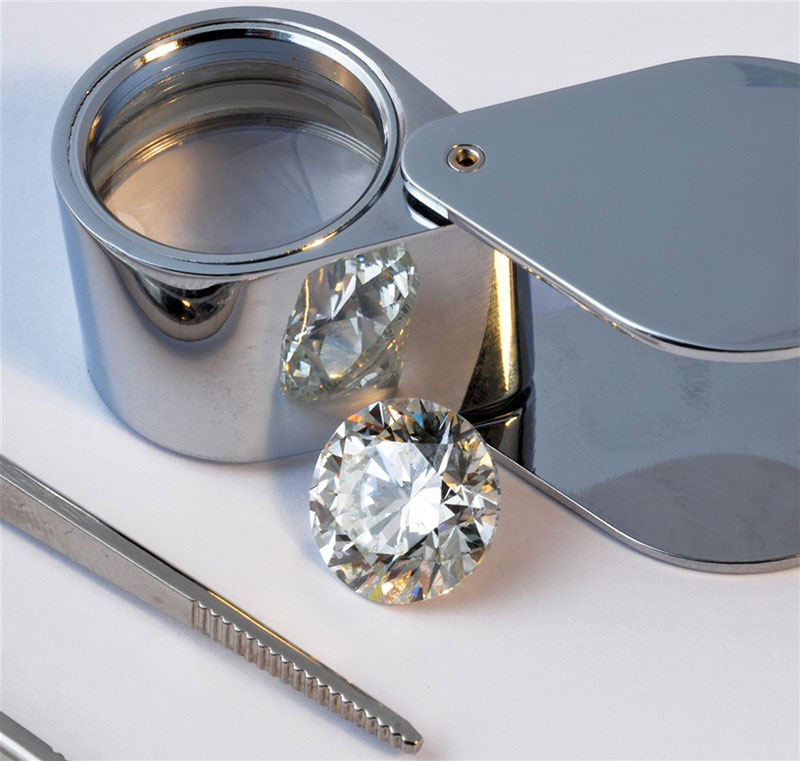
Really, the most trusted way to tell is to take it to an appraiser. They'll be able to use their gemological training and expereince to determine if you have a natural diamond, lab grown diamond or a diamond simulant (a stone that looks like a diamond but shares no other commonalities - think CZ or moissanite).
Do Diamonds Hold Their Value?
Diamonds have been around forever (well, billions of years, however you want to classify forever as) and will stick around for just as long as we learned earlier. It’s been noted that typically natural diamonds either hold their value or increase over time as the market value of diamonds goes up (think inflation, you could buy a house in the 1950’s for $20k and as everything gets more expensive over time, the price of the same house in 2021 could be $100k.) Diamond sale price isn’t as volatile as something like the stock market, there’s no way a diamond that's worth $25 thousand dollars today will be worth $1,200 tomorrow. It's a pretty steady value.
Sometimes cuts may go out of style though. In the ’80s, marquise cuts were all the rage, and now, well definitely not. So you could get the diamond recut into a very fashionable pear cut easily. The diamond would lose some of its weight, so it would be less carats after the re-cut, but it would be more up to today's standards and could be resold easier.
Vintage diamond heirloom rings hold a sentimental and also very valuable place in their owner's hearts. Maybe grandma was lucky and had a nice diamond given to her many years ago and is now handing it down to you. This saves you a heaping load of cash for not having to buy your beloved a new one, and adds the extra emotional value to your new beau. If the setting isn’t up to your style, you can have a jeweler reset the stone into a new more modern one.
Overall, people are always looking for good diamonds. If you invest in a good one, there will always be a market for them. Even though other gemstones may be making the headlines now in popularity standards, diamonds will still hold a place in people's hearts as the gem above all other gems.
Are Yellow Diamonds Bad?
Yellow teeth? Bad. Yellow mustard stain on your shirt? Bad. Yellow diamonds? They’re A-Okay in most instances. There are different hues (this is the amount of saturation of the color) of yellow. Technically, a diamond that is lower on the color scale (X, Y, Z) could be yellow, it would be faint but definitely noticeable at this point. Then we get into the Fancy color scale.

Fancy yellow would be classified after Z on the color scale. Then it goes into a list that ranges from Faint (yellow) to fancy, to fancy vivid (darkest, most saturated yellow color). Sometimes the most colorful and bright yellow of the bunch are called “canary diamonds”, reminiscent of the yellow canary bird. These are very sought after gems, and are beautiful if you have an eye for them. While they are not super uncommon, they are more expensive and harder to find than a regular old clear or “white” diamond.
And Finally, Why are Diamonds so Expensive?

Once upon a time, sapphires, emerald and rubies were actually the common stone used in engagement and wedding rings. It wasn’t until the 1800’s that anyone actually started to wear these beauties as affluent jewelry. But even then, they weren't the popular diamonds we think of now. In the 1940’s the diamond company De Beers found an overwhelming amount of diamond rough in Africa, and this would disrupt the idea that diamonds were scarce, so they started huge marketing campaigns. As we talked about before, the “diamond is forever” campaign, and also working with movies (diamond thieves are in aaaaaall the old films, and really still are today) to create the illusion that diamonds were much more valuable than they actually were.
So that’s how it started, but what about now? Why are they still so expensive? Well, to start, in America at least up until (relatively) recently, a diamond worth 3 months salary was expected to be the only option to ask your love to be with you forever, anything else was just a shameful act. So we kind of priced ourselves out due to these expectations.
While sales have settled a little and other gemstones have hit the market as diamond alternatives, we still regard diamonds as valuable and emotional, and to be fair, there is a lot that goes into finding and mining and then cutting these guys. So in reality, while the earth did a lot of the work to turn these chunks of carbon into diamonds, there is a lot after the fact to take into consideration. Mining companies have to pay millions once they think they have found a possible new mine. After that, you have to go through regulations and safety measures to actually start mining. Once the rough is recovered, usually 10’s of years later, it has to be cut and faceted into the brilliant beautiful diamond you as the consumer will want to purchase. So overall, while they may seem overpriced, there's a ton of work and process that goes into it.
In conclusion...
Well reader, if you’ve stuck with us so far, I hope you’ve got some questions answered and maybe learned some things along the way. If you have more curiosity even after all this info, check out our other more individualized topic blogs available. If not, then go browse our diamond selector tool and find your dream diamond!
